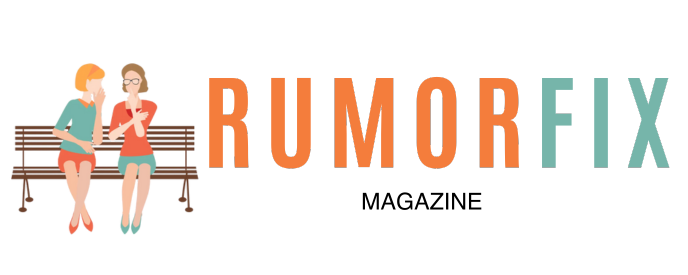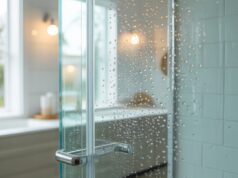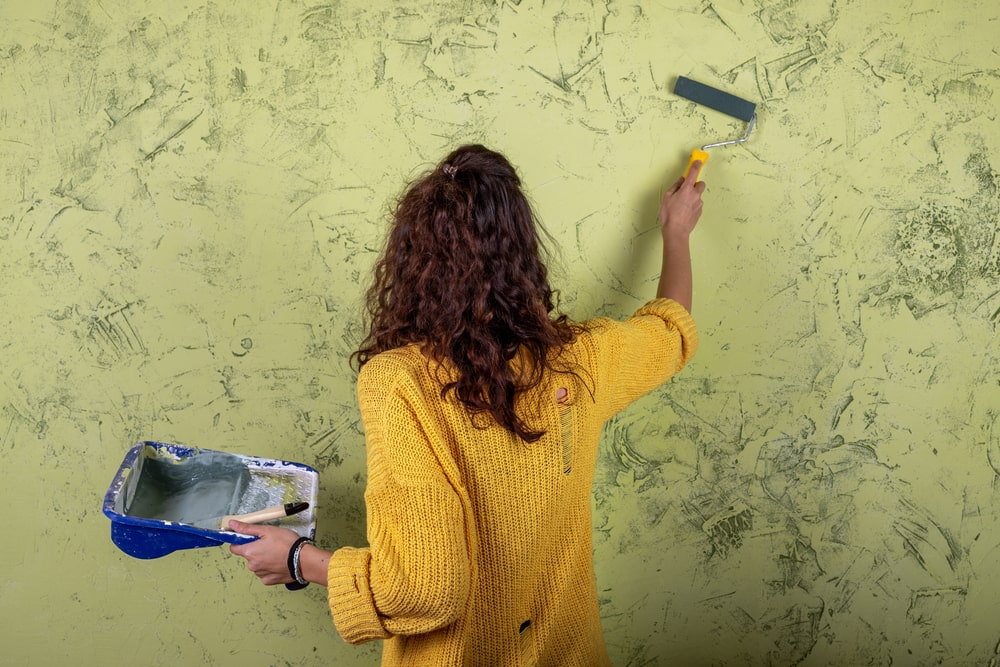
When it comes to adding personality and dimension to your walls, flat paint simply doesn’t cut it anymore. Whether you’re updating your living room, bedroom, or even a hallway, texture painting on wall surfaces offers a dynamic way to introduce style and depth.
Wall textures are not only visually interesting—they can also hide imperfections, enhance lighting effects, and complement architectural elements. From subtle to bold, wall texture finishes range widely to suit various interior aesthetics.
Let’s dive into some of the most popular types of wall texture paints that can elevate your home decor.
Popcorn
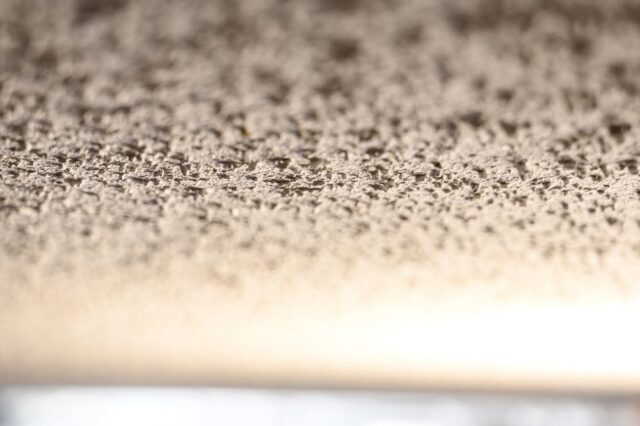
Popcorn texture, also known as acoustic texture, is easily recognisable for its thick, bumpy appearance. Originally used primarily on ceilings to help with soundproofing and to hide imperfections, this texture has found its way onto accent walls in creative interiors.
Though it lends a retro feel, modern adaptations of this texture are being used in contemporary spaces where visual interest and sound absorption are desired. However, it’s best used in low-traffic areas or ceilings, as cleaning the coarse surface can be challenging.
Orange Peel
As the name suggests, orange peel texture resembles the surface of an orange—subtly bumpy but still relatively smooth. This type of finish is one of the most popular for residential interior wall paint because it strikes a balance between style and practicality. It is usually achieved by spraying a thin layer of compound and then letting it dry naturally without flattening.
Orange peel texture works well in nearly every room, from bedrooms to hallways. It’s ideal for covering minor wall imperfections like cracks or dents and is easier to clean than rougher finishes. Its understated look makes it a versatile choice, especially for homeowners who want a subtle texture painting on wall surfaces without overwhelming the decor.
Hawk and Trowel
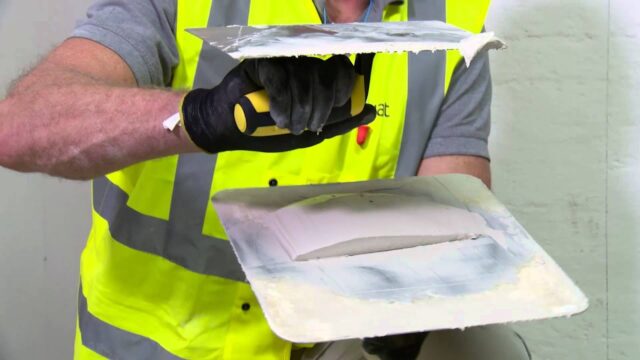
For a more artisanal look, the hawk and trowel texture is a classic technique that provides a hand-finished appearance. This style involves applying layers of plaster or joint compound using a hawk (a flat tool for holding the compound) and a trowel (used for spreading it). The result is a rich, organic texture that can be customised based on the direction and pressure of the application.
Hawk and trowel finishes add a Mediterranean or old-world feel to spaces, making them perfect for formal dining rooms, entryways, or feature walls. Depending on how it’s executed, this texture can range from soft and flowing to bold and dramatic. As a form of textured craftsmanship, it gives a unique dimension to the concept of texture painting on wall surfaces.
Slap Brush
The slap brush technique, also called “crow’s foot” or “stomp brush,” produces a bold and highly textured pattern that resembles floral or radial shapes. This effect is created by dipping a large, round brush into thinned drywall compound and slapping it against the wall, resulting in a stippled, raised surface.
This method is perfect for homeowners looking to make a strong design statement. It’s particularly well-suited for rustic or eclectic interiors, where texture and imperfection are part of the charm. While slap brush texture requires some experience to get right, it offers a visually striking option for texture painting on wall designs that aim to impress.
Sand Swirl
The sand swirl texture combines a smooth swirl pattern with a gritty surface, achieved by mixing fine sand into primer or paint. The mixture is then applied in overlapping, arched strokes, creating a subtle yet elegant pattern. Unlike heavy textures, sand swirl has a more refined look that still adds character to the walls.
This technique works especially well in large open spaces or rooms with plenty of natural light, as it adds movement and visual interest without becoming overwhelming. It also offers a slightly tactile quality without being too rough, making it a popular option for family rooms and foyers.
Knockdown
Knockdown texture is one of the most beloved wall finishes for modern interiors. It begins with a technique similar to orange peel or slap brush—compound is sprayed or applied onto the wall—but before it fully dries, a flat knife or trowel is used to ‘knock down’ the peaks. This results in a flattened, irregular surface that resembles stucco or worn plaster.
The appeal of knockdown lies in its versatility. It adds warmth and texture while remaining subtle enough to suit minimalist designs. Ideal for living rooms, bedrooms, and offices, knockdown texture not only hides surface flaws but also adds a level of polish and sophistication to any wall.
Conclusion
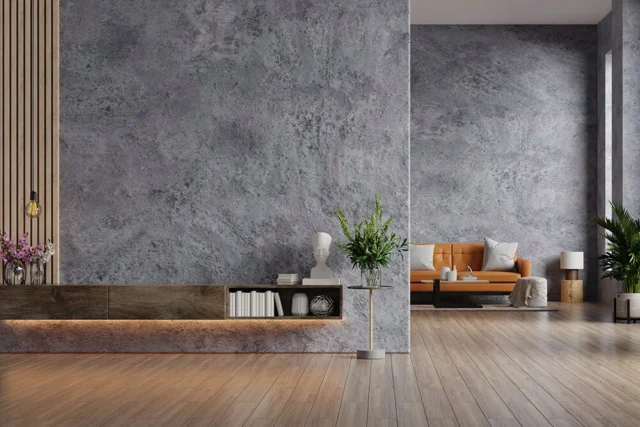
Wall textures aren’t just a finishing touch—they’re a design element that can define the atmosphere of a space. From the deep ridges of slap brush to the soft elegance of sand swirl, there’s a texture to match every personality and purpose.
Whether you’re after bold statement walls or subtle sophistication, choosing the right wall texture can transform ordinary walls into works of art. Embrace texture painting on wall surfaces as a creative and functional way to upgrade your space—and enjoy the lasting impression it leaves.
